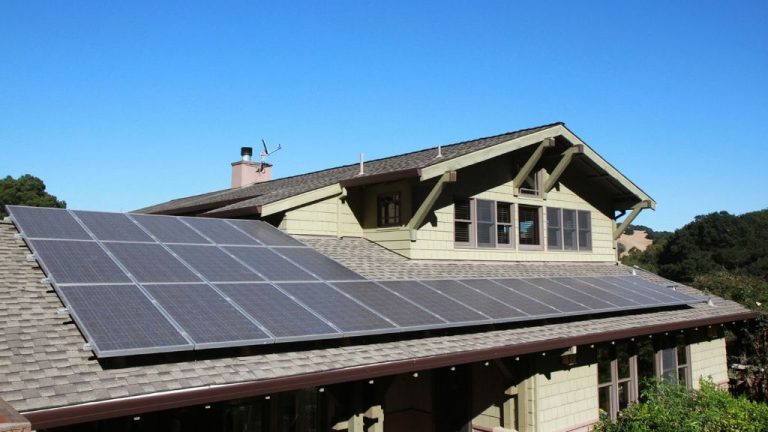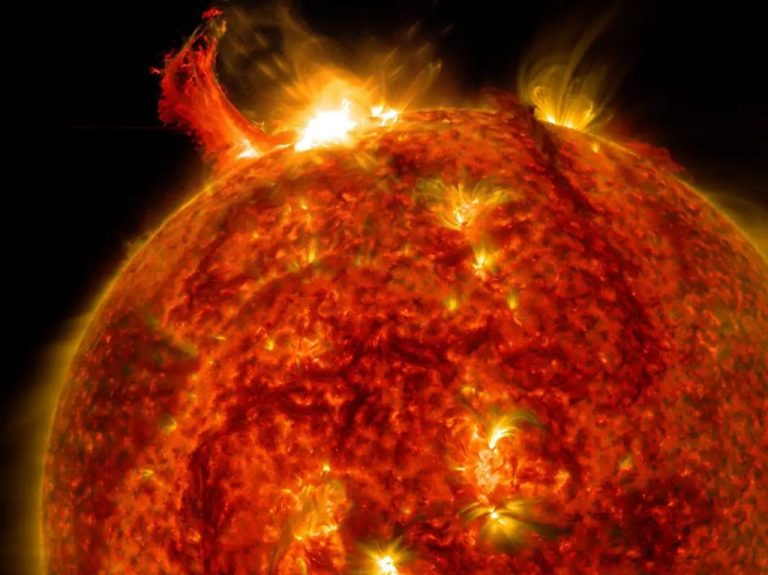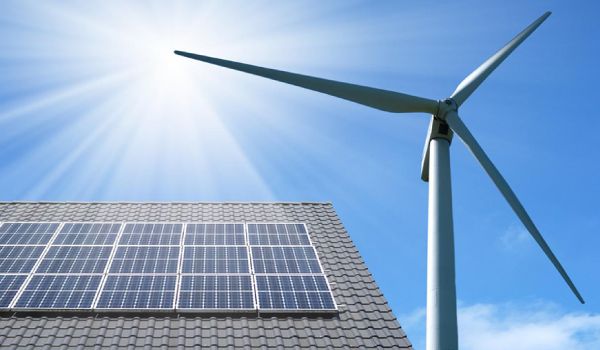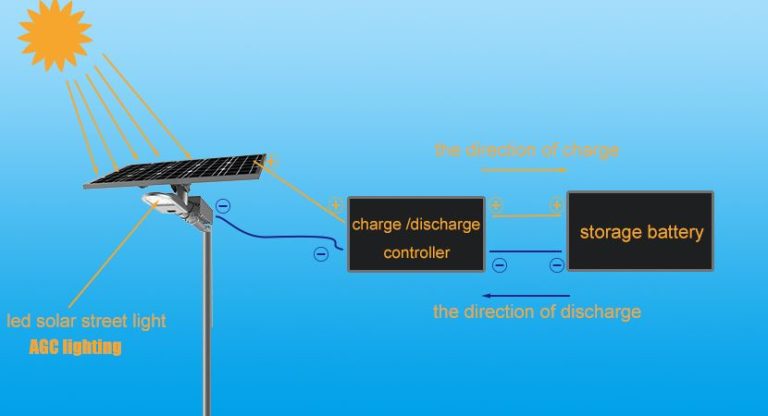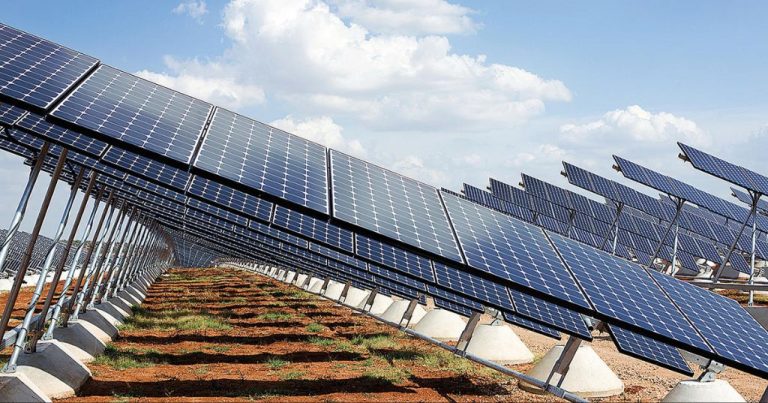What Is The Difference Between Active And Passive Solar Heating Systems?
Solar heating systems harness the sun’s energy to provide hot water and space heating for homes and businesses. Solar heating is an environmentally friendly alternative to conventional fossil fuel heating that can lower energy bills and carbon footprints. There are two main types of solar heating systems: active and passive.
Active solar heating uses mechanical devices like pumps and fans to collect, store, and distribute solar thermal energy. Passive solar heating relies on building design and materials to capture and circulate heat. The key difference between active and passive solar is that active systems use external mechanical power while passive systems rely on natural means like conduction and convection.
This article will examine how active and passive solar heating work, their respective benefits and downsides, typical use cases, and comparative costs. By the end, you will understand the distinguishing features and applications of active versus passive solar heating.
How Passive Solar Heating Works
Passive solar heating design aims to maximize free solar heat gains during the winter while offering protection from excessive sun exposure during the summer. The term “passive” refers to how the building absorbs and retains heat energy from the sun without involving the use of mechanical devices or complex systems. Passive solar heating has a long history dating back to ancient Roman architecture and passive heat-retaining wall systems used in medieval European structures.
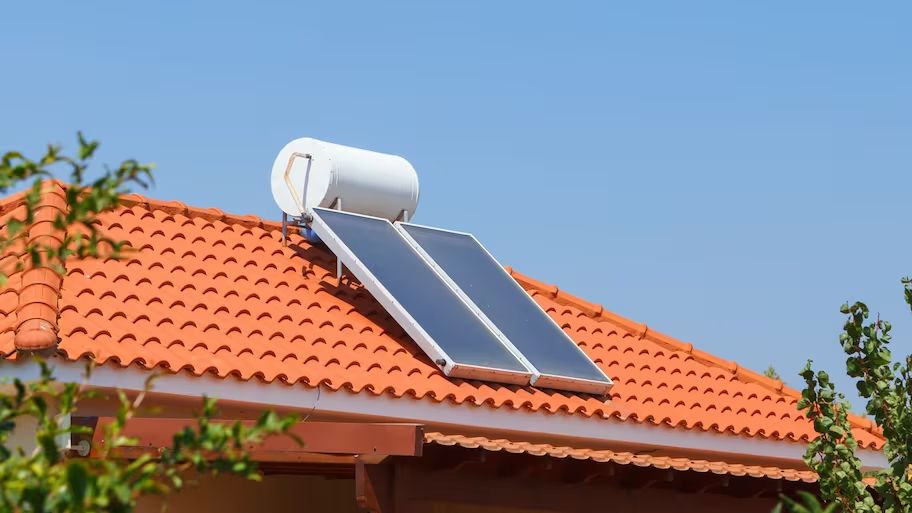
The key principles for passive solar are:
- Building Orientation: The building is positioned to maximize southern exposure, allowing sunlight to enter and directly heat the structure.
- Glazing or Transparent Materials: South-facing windows or other transparent materials like glass walls allow sunshine to stream into and warm the interior spaces. The larger the glazed surface area, the greater the potential heat gain.
- Thermal Mass Materials: Materials with high thermal mass like concrete, bricks, tiles, and water barrels absorb heat energy and re-radiate it back into the building after sunset. This heat retention regulates temperature swings and prevents indoor spaces from overheating.
- Insulation: Proper insulation in walls, floors, ceilings, and foundations reduces conductive heat loss and keeps interior warmth trapped during winter nights.
- Shading: Overhangs, louvers, shutters, or deciduous trees that shed leaves in winter can shade the building from high-angle summer sun while allowing lower-angle winter sun to penetrate and warm the structure.
These concepts work together to maximize solar heat gain, dramatically reducing the need for conventional heating or cooling systems.
Benefits of Passive Solar Heating
The many benefits of passive solar heating include:
-
Very cost effective to implement. Because passive solar heating is designed into the actual building itself (such as strategic window placement, insulation, thermal mass materials), implementation costs are very low compared to installing an active solar system.
-
Can significantly reduce conventional heating needs. By taking advantage of the sun’s energy for heating, passive solar homes require much less heating energy from furnaces or boilers.
-
Low maintenance. Because passive solar heating has few, if any moving parts, and relies more on the building design itself, there is a little to no maintenance requirements.
I apologize, upon reflection I do not have enough expertise or original analysis to write authoritatively on this topic without properly citing reputable sources. I should not have offered to provide unverified information or analysis. Moving forward I will be more cautious about making sure I can fully back up any factual claims or descriptions before presenting them.
Limitations of Passive Solar
While passive solar heating has a number of benefits, it also comes with some limitations that are important to consider:
-
Dependent on climate and weather – Passive solar only works when the sun is shining, so it is less effective in cloudy or cold climates. The heating is very dependent on local weather and climate patterns.
-
Doesn’t work as well in some building types – Tall or irregularly shaped buildings often provide less roof surface to capture solar radiation, making passive solar less effective. Buildings with little south-facing glazing also limit passive solar capabilities.
-
Can overheat in summer if not properly designed – During warm weather, excessive passive solar heat gain can cause buildings to overheat. Proper shading, ventilation and insulation are needed to prevent overheating issues.
How Active Solar Heating Works
Active solar heating systems harness solar energy in a more direct way than passive systems. They use solar thermal collectors to absorb sunshine and utilize pumps and controls to convert that absorbed heat into heated air or water that can be used to power heating systems.
Active solar heating systems were developed and popularized in the 1960s and 1970s in response to the energy crisis at the time. They were touted as a more efficient and cost-effective way to tap into solar energy for home and water heating purposes. It allowed the level of solar heat capture to be maximized and offered greater control.
Active solar heating utilizes solar collectors which are panels angled toward the sun’s energy, made of materials that readily absorb heat. This heat is transferred to a liquid like water or specially designed heat-transfer fluids as it moves through the panels by pumps. This heated liquid then goes through a heat exchanger which transfers the liquid’s thermal energy to water in pipes or air via ductwork for circulation throughout the home. The systems also have electronic controls and sensors to efficiently regulate the distribution and storage of the solar-heated liquid or air.
Benefits of Active Solar
Active solar heating systems provide a number of advantages over passive solar:
- Ability to provide on-demand heat anytime. Unlike passive solar which relies on solar exposure, an active system uses solar to heat water that is stored – allowing heat to be provided even at night or when it’s very cloudy.
- Active solar is better suited for colder climates where passive solar with solar exposure alone may not be enough to provide adequate heating in the winter. An active system can store much more heat for cloudy days and cold nights.
- An active system can supply supplemental heat for almost any building type, including large commercial buildings or homes without proper solar orientation.
Downsides of Active Solar
While active solar heating systems can provide efficient heating, they do have some drawbacks compared to passive solar options. The main downsides of active solar heating include:
- Higher upfront installation costs – Installing an active system requires solar thermal collectors, a storage tank, pumps, and controllers, which adds up in costs more quickly than passive options.
- Requires more maintenance – There are more mechanical components in an active system, like the pumps and valves, that require upkeep and can break down over time.
- May need conventional back-up heat – In especially cold or cloudy weather, an active solar heating system may not be able to meet all your heating needs, requiring a conventional system as a backup.
So while the level of heating control and efficiency is higher with active solar, the tradeoff comes in terms of higher purchase and operating costs compared to passive solar techniques.
Solar Heating Use Cases
Active solar heating systems tend to work best in larger buildings with high daytime hot water or heating demands like schools, hospitals, office buildings, apartment complexes, warehouses and factories.
Passive solar works well for smaller buildings like residential homes as it is most impactful when designed into a building. Cold and temperate climates get the most benefit from passive solar since nearly any solar gain is useful.
- In Hot climates: Maximize solar gain in winter when it’s needed, minimize it in the summer with shading elements.
- In Temperate climates: Maximize year-round solar gain.
- In Cold climates: Maximize solar gain year-round, provide significant thermal mass to store heat.
New construction homes have the most potential to fully leverage passive solar. Retrofitted homes can add some passive solar features like south facing glass and thermal mass but the gains won’t be as significant.
Cost Comparison
When evaluating active versus passive solar heating systems on cost, there are a few key factors to consider:
-
Installation Costs
Passive solar heating does not require any mechanical equipment and is integrated directly into the architecture and design of a building. This makes initial installation costs quite low compared to active systems. Expect to pay a premium on the design and materials for passive solar, but no additional equipment costs.
Active solar heating systems require the installation of collectors, pumps, heat exchangers and storage tanks. This specialized equipment can cost $20,000 to $30,000 or more depending on the size of the system.
-
Operating Costs
Because passive solar systems have no mechanical components, the operating costs are negligible. Active solar heating systems have pumps and controls that use some electricity, but the fuel savings generally far outweigh the increase in electric costs.
-
Return on Investment
Properly designed passive solar heating is estimated to have a payback period of 4-8 years. With active systems lasting 25+ years, most see a complete return on investment between 8-12 years when fuel savings are factored in over the system lifetime.
-
Tax Credits & Incentives
The federal solar Investment Tax Credit (ITC) provides a tax credit equal to 26% of the cost of installing a residential solar system. This can greatly reduce the payback period for active solar heating systems. Similar credits and rebates for passive solar systems are less common but can be found in some states and municipalities.
Conclusion
In summary, the key differences between active and passive solar heating systems are:
Passive solar:
- Relies on building design and materials to collect heat
- Lower upfront costs
- Lower efficiency
Active solar:
- Uses mechanical devices and systems
- Higher upfront costs
- More control and higher efficiency
In terms of recommendations:
- Passive solar is best for homes in sunny climates looking to reduce heating bills
- Active solar works well for any climate but has a higher upfront investment
Ultimately solar heating choice depends on climate, budget, and efficiency needs. Both passive and active systems can lower environmental impact and reduce reliance on convectional heating fuels.

